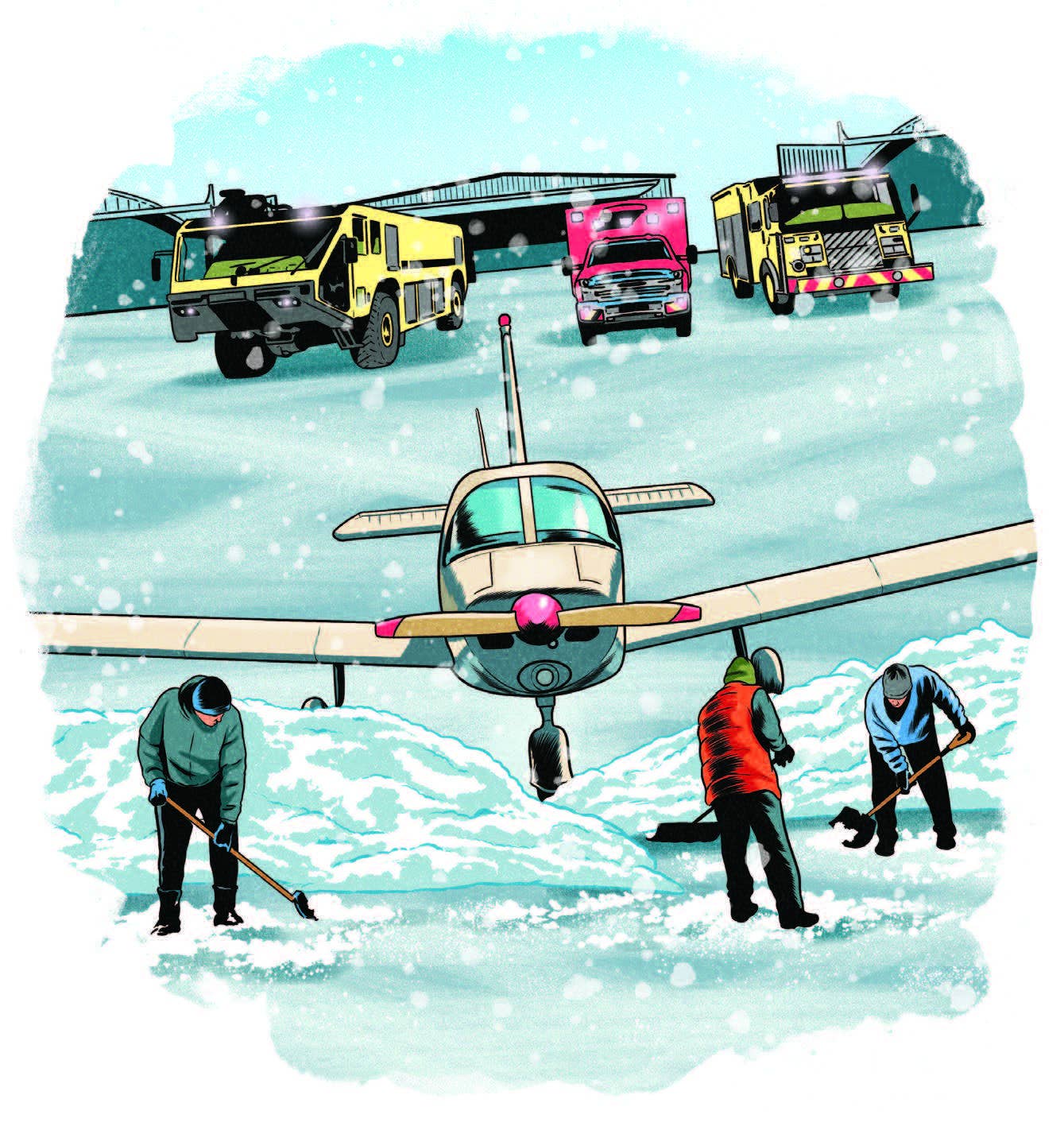NTSB Releases Prelim Report on Vintage WACO YKC Crash
Agency investigation reveals the VFR aircraft was in foggy conditions at the time of the accident.

ATC radar data flight track of the WACO YKC. [Courtesy: NTSB]
Weather may have been a key factor in the fatal crash of a 1934 WACO YKC in Selden, Kansas, in June, according to the National Transportation Safety Board (NTSB)
The antique aircraft's owners—Dave and Jeanne Allen—were killed in the June 30 accident.
According to the preliminary report released by the agency (below), thick fog was reported by residents in the area at the time of the accident.
The Allens, from Elbert, Colorado, were both accomplished pilots. Dave was a retired airline pilot, and Jeanne flew gliders. The accident airplane, the teal cabin-class model, had been restored by the Allens and was one of the most photographed vintage airplanes at airshows and fly-ins.
What Happened
According to the NTSB preliminary report, on June 30 the Allens were planning to fly from Knox County Airport (4I3) in Mount Vernon, Ohio, to Oberlin Municipal Airport (KOIN) in Kansas. According to SkyVector, the straight-line distance is approximately 829 nm.
The Allens made two fuel stops en route—one at the Shelby County Airport (2H0) in Shelbyville, Illinois, around 8:40 a.m. CDT, and another at the Chillicothe Municipal Airport (KCHT) in Missouri, about 11:35 a.m.
The aircraft was not equipped for IFR flight as it was not required to be when it rolled off the assembly line in 1934. The panel of the WACO was period correct with the required original instruments, including an airspeed indicator, altimeter, slip-skid indicator, magnetic compass, and vertical speed indicator.
Investigators also found a hand-held Garmin GPSMAP 496 and an Appareo Stratus 3 in the aircraft. The circuit boards of both were recovered and retained for further examination.
While in Shelbyville, Jeanne Allen made the first of several text messages to the manager of Oberlin Municipal Airport stating that their estimated time of arrival would be around 5 p.m., according to the NTSB report. A second message sent later said that the weather was looking too low for VFR at Oberlin, so they would divert to Phillipsburg Municipal Airport (PHG) in Kansas, approximately 57 nm to the west.
From the ground, Dave Allen made several telephone calls to both the Oberlin Municipal Airport manager and a family friend in Colby, Kansas, to inquire about the weather en route and possible destinations.
According to the NTSB, the airport manager told him that the weather conditions included low ceilings and visibility, and he did not know when or if the weather would improve.
The family friend told investigators that, based on the telephone conversation, he assumed the couple would stay overnight in Colby.
The WACO took off from Chillicothe Municipal Airport at 5:10 p.m.. Approximately six minutes later, the passenger sent a text to the manager in Oberlin stating they were “going to try and go south to get out of this stuff."
ATC radar data, beginning at 5:46 p.m., showed the airplane making several climbing turns starting at an altitude of 3,025 feet msl. The aircraft reached a maximum altitude of 4,625 feet msl over the accident site, then began descending right bank. Data was lost by 5:49 p.m. The last readout shows the aircraft on a heading of 75 degrees, with a groundspeed of 109 knots and an altitude of 3,800 feet msl, which put it approximately 1,050 feet agl.
The accident site was in a flat agricultural field about 0.10 nm southeast of the last received ATC radar position. The impact marks and debris were consistent with the airplane hitting the ground in about a 90-degree right bank and about 40-degree nose-down attitude. There was a postaccident fire.
NTSB said that an oil rig crew, located about a half mile from the accident site, reported that fog was so dense it could not see the top of its derrick.
The NTSB final report with the probable cause of the accident is expected to be released in about 18 months.

Sign-up for newsletters & special offers!
Get the latest FLYING stories & special offers delivered directly to your inbox






